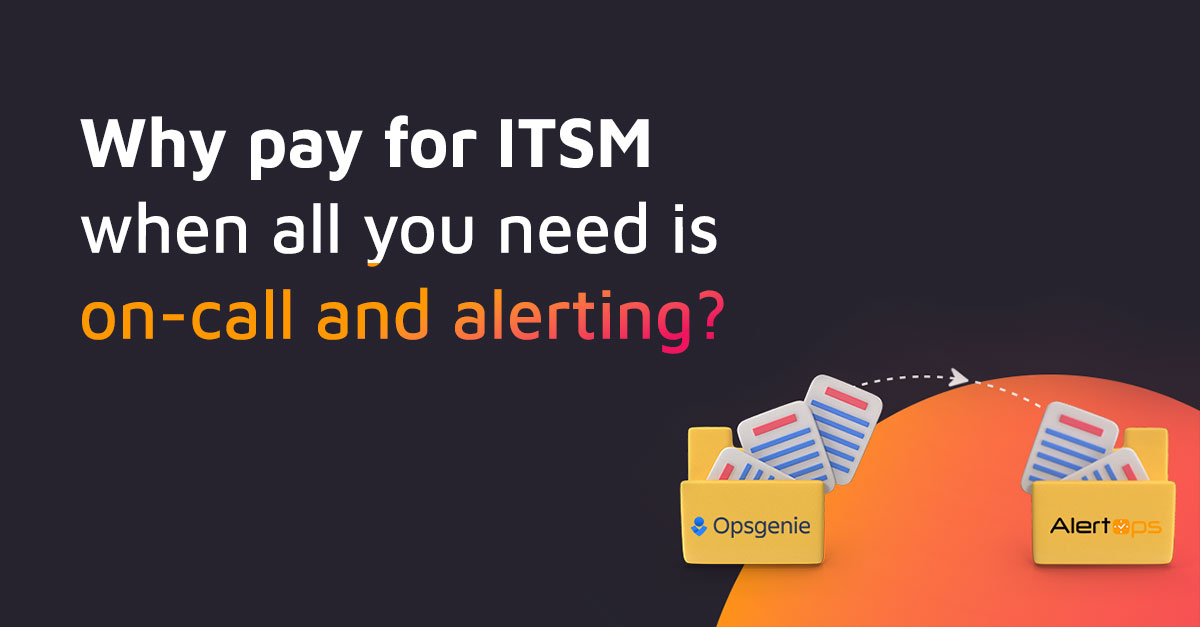What is Agile?
Agile is an iterative method for managing projects and creating software that enables teams to serve customers more quickly and without as many hassles. An agile team produces work in manageable, small-scale increments as opposed to relying entirely on a mega launch. Teams have a built-in mechanism for reacting swiftly to change since requirements, plans, and results are continually assessed.
What is Agile Software Development?
The agile software development life cycle (SDLC) model combines iterative and incremental process models with a focus on process flexibility and customer satisfaction through quick delivery of functional software. The product is divided into smaller incremental builds using agile methods. Iterations of these builds are offered. A typical iteration flow consists of:
Planning
Requirements Analysis
Design
Coding
Unit Testing and
Acceptance Testing.
What are the key concepts of Agile SDLC?
User Stories: The team breaks the work into functional units known as “user stories,” in conjunction with the client or product owner. Each user narrative is anticipated to add something valuable to the final product.
Daily Meeting: The team meets every day at the same time to update everyone on information that is essential for coordination: each team member briefly explains any “finished” contributions and any challenges they have encountered.
Personas: The team creates in-depth, fictitious biographies of hypothetical consumers of the future product when the project requires it, such as when user experience is a key determinant in project outcomes.
Incremental Development: Most Agile teams choose to utilize this method of product development since it ensures that each new iteration is useable and improves on the one before it by including new user-visible features.
Iterative Development: Agile projects are iterative in that they purposefully permit “repeating” software development processes and maybe “revisiting” the same work outputs.
Milestone Retrospective: Once a project has been running for some time, or at the conclusion of a project, all the permanent team members (not just the developers) devote one to three days to a thorough study of the project’s key moments.
What are the benefits of Agile Software Development?
- Supports cross-training and collaboration.
- Rapid development and demonstration of functionality is possible.
- The number of resources needed is minimal.
- Suitable for both changing and stable needs
- Delivers solutions on the go.
- A good model for ecosystems with constant change.
- Simple to use documentation and few restrictions.
- Allows for simultaneous development and delivery within a larger, planned environment.
- Simple to handle and gives developers freedom.
What are the disadvantages of Agile Software Development?
- Depends primarily on customer engagement. Thus, if the customer is unclear, the team may be led astray.
- Cannot be used to manage complicated dependencies.
- More vulnerability to extension, maintainability, and sustainability.
- Without a comprehensive strategy, an agile leader, it will not succeed.
- The scope, functionality to be supplied, and modifications to full fill deadlines are determined by strict delivery management.
- Since little documentation is produced, there is a high degree of individual dependence, and transferring technology to new team members may be difficult.
To Sign up for free with AlertOps click here or Request for demo



